Introduction
The modern consumer is inundated with choices when it comes to beverages. From carbonated sodas and freshly squeezed juices to artisanal teas and craft beers, the variety seems endless. Yet, behind every refreshing sip lies a critical question: How long can this drink be stored before it spoils, loses flavor, or becomes unsafe to consume? The answer hinges on a complex interplay of factors, including ingredients, processing methods, packaging, and storage conditions. This article delves into the science of beverage shelf life, exploring how different drinks age, the risks of improper storage, and actionable tips to maximize freshness. Whether you’re a casual drinker or a connoisseur, understanding these principles will empower you to make smarter choices about what you consume and how you preserve it.
The Basics of Beverage Spoilage
Beverages spoil due to chemical, microbial, or physical changes. Microorganisms like bacteria, yeasts, and molds thrive in moist environments, feeding on sugars, proteins, or other organic compounds present in drinks. Over time, these microbes multiply, producing off-flavors, gases, or visible signs of decay. Chemical reactions, such as oxidation or enzymatic breakdown, can also degrade quality. For example, exposure to oxygen causes fats in milk to turn rancid, while light accelerates the degradation of vitamins in juice. Physical changes, like sedimentation in wine or separation in protein shakes, further compromise texture and appearance.
Factors Influencing Shelf Life

- Ingredients and pH Levels: Acidic beverages (pH < 4.6), such as sodas, fruit juices, and kombucha, inhibit bacterial growth due to their low pH. Less acidic drinks, like milk (pH ~6.5–6.7) or tea (pH ~5–7), are more susceptible to spoilage.
- Processing Methods: Pasteurization, sterilization, and cold-pressing extend shelf life by killing microbes. For instance, ultra-high-temperature (UHT) milk can last months unopened, while fresh milk may spoil within a week.
- Packaging: Aseptic cartons, cans, and vacuum-sealed bottles prevent oxygen and light exposure. Glass bottles are ideal for beer and wine, as they don’t leach chemicals, while plastic containers may allow gradual oxygen ingress.
- Storage Conditions: Temperature fluctuations accelerate degradation. Refrigeration slows microbial growth, while freezing can alter texture (e.g., in smoothies). Light exposure, especially sunlight, degrades sensitive compounds like chlorophyll in green juices or riboflavin in beer.
Shelf Life of Common Beverages
Carbonated Soft Drinks
Unopened carbonated sodas, stored in a cool, dark place, can last 9–12 months beyond their “best by” date. The carbonation and acidity (pH 2.5–3.5) create an inhospitable environment for microbes. However, once opened, exposure to air and mouth bacteria shortens lifespan to 2–3 days in the fridge. Diet sodas, with artificial sweeteners, may develop off-flavors faster due to chemical breakdown.
Fruit Juices and Smoothies
- Pasteurized, shelf-stable juices: 12–18 months unopened. After opening, 7–10 days refrigerated.
- Freshly squeezed juices: 2–3 days refrigerated, as they lack preservatives.
- Cold-pressed juices: 3–5 days if raw; longer if high-pressure processed (HPP), which kills pathogens without heat.
Oxidation is the primary enemy here, causing browning and nutrient loss.
Dairy and Dairy Alternatives
- Milk (pasteurized): 5–7 days refrigerated. UHT milk: 6–9 months unopened.
- Yogurt: 1–2 weeks unopened; 7–10 days after opening.
- Plant-based milks (almond, oat): 7–10 days unopened, 5–7 days post-opening.
Dairy products spoil due to lactose-fermenting bacteria, which produce gas and curdling.
Alcoholic Beverages
- Beer: Unopened bottles last 6–24 months if stored cool/dark. Once opened, 1–2 days before flavor deteriorates.
- Wine: Unopened red/white wines: 3–5 years (table wine) to 10+ years (fine wines). Opened wine lasts 3–5 days refrigerated.
- Spirits (vodka, whiskey): Effectively indefinite unopened. Once opened, 1–2 years before subtle flavor changes occur.
Alcohol acts as a preservative, but oxygen exposure post-opening leads to oxidation (“flat” beer, “vinegary” wine).
Tea and Coffee
- Bottled iced tea: 6–12 months unopened. After opening, 7–10 days refrigerated.
- Cold brew coffee: 7–14 days refrigerated.
- Hot brewed coffee: 30 minutes before staling; 12–24 hours in the fridge.
Oxidation and acidity (tea’s pH ~5) influence longevity.
Sports and Energy Drinks
Shelf-stable varieties last 9–12 months unopened. After opening, 2–3 days refrigerated. Electrolytes and sugars are stable, but citric acid may corrode cans over time.
Bottled Water
Technically, water doesn’t spoil, but plastic leaching (e.g., BPA) and microbial growth in unsealed bottles are risks. Store in a cool, dark place; consume within 2 years.
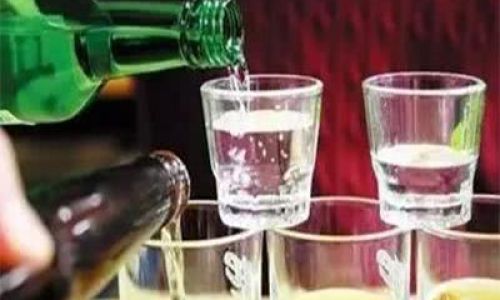
Signs Your Beverage Has Spoiled
- Visual cues: Cloudiness, mold, sediment, or bulging cans (a sign of gas-producing bacteria).
- Odor: Sour, vinegar-like, or sulfurous smells.
- Taste: Off, bitter, or fizzy (in non-carbonated drinks).
- Texture: Curdling (milk), separation (juice), or excessive carbonation (flat soda re-carbonating due to microbial activity).
Extending Shelf Life: Pro Tips
- Refrigerate After Opening: Cold temperatures slow microbial growth.
- Use Clean Utensils: Avoid introducing bacteria when pouring (e.g., don’t sip directly from the bottle).
- Minimize Air Exposure: Transfer opened drinks to smaller containers to reduce oxygen contact.
- Avoid Light: Store beverages in pantries or opaque containers.
- Freeze Strategically: Ice cube trays can preserve leftover wine, coffee, or juice for future use.
- Check Labels: “Best by” dates are guidelines, but use sensory cues for safety.
The Role of Preservatives and Additives
Many beverages contain preservatives like sodium benzoate, potassium sorbate, or citric acid to inhibit microbes. Natural alternatives, such as ascorbic acid (vitamin C) or rosemary extract, are gaining popularity in organic products. However, even preservatives have limits—extended storage or improper handling can overcome their effects.
Advanced Storage Technologies
- Aseptic Packaging: Sterilizes both product and container, enabling shelf-stable milk or juice without refrigeration.
- Nitrogen Flushing: Replaces oxygen in cans/bottles to prevent oxidation (common in craft beers).
- Smart Labels: Time-temperature indicators alert consumers if a product has been mishandled.
Environmental Impact of Storage
Refrigeration accounts for 8–10% of global household energy use. Opting for shelf-stable beverages or buying in bulk reduces refrigeration needs. However, single-use packaging (e.g., aseptic cartons) poses recycling challenges. Balancing convenience with sustainability requires mindful choices.
Case Study: The Great Soda Debate
Why does diet soda taste “flat” faster than regular soda after opening? Artificial sweeteners like aspartame break down under heat and acidity, creating bitter byproducts. Additionally, the absence of sugar (which helps retain carbonation) leads to quicker CO2 escape.
Conclusion: Sip Smarter, Waste Less
Understanding beverage shelf life is a blend of science and practicality. By mastering storage techniques, deciphering labels, and trusting your senses, you can enjoy drinks at their peak while minimizing waste. Remember: the “best by” date is not a deadline but a guideline. When in doubt, a quick sniff or taste test beats the risk of spoilage. Whether you’re stocking a pantry, hosting a party, or meal-prepping for the week, these principles will ensure every sip is as safe as it is satisfying. Here’s to informed indulgence—cheers!
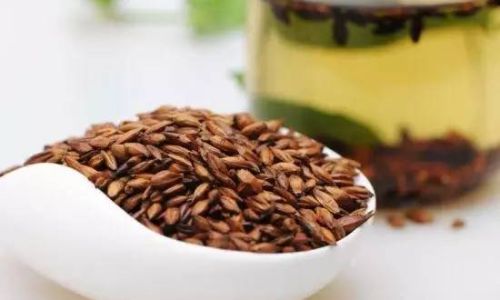
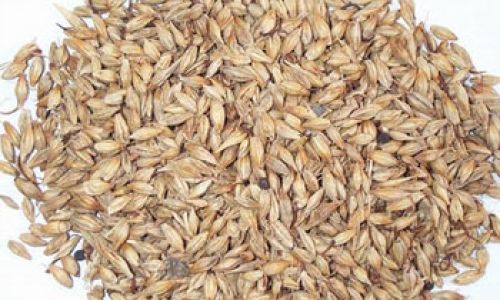
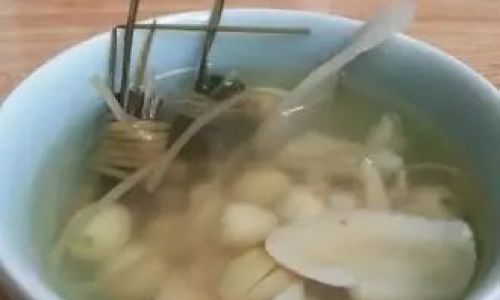
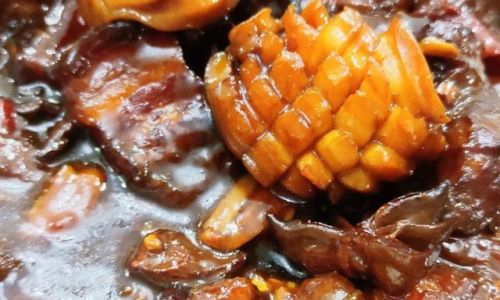

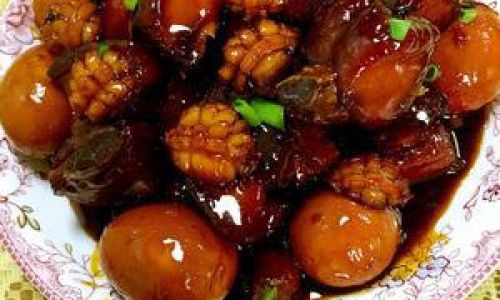
0 comments